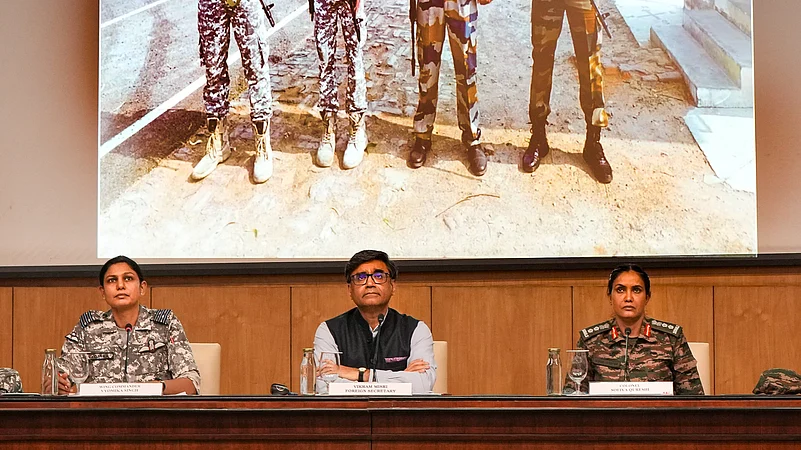In an official statement, the Indian government on Wednesday said that without crossing the Line of Control or international boundary, Indian forces struck “terrorist infrastructure" and “eliminated” multiple threats. Additionally, Operation Sindoor demonstrated technological self-reliance in military operations.
In a press release titled, ‘Operation SINDOOR: The Rise of Aatmanirbhar Innovation in National Security’, the government mentioned that Pakistan attempted to engage a number of military targets in Northern and Western India on the night of May 7 and 8 May. However, the attempts were neutralised by the Integrated Counter UAS Grid and Air Defence systems, stating that technology is the first line of protection.
“Operation SINDOOR is not just a story of tactical success. It is a validation of India라이브 바카라 defence indigenization policies.”
In terms of air defence, the statement mentioned that systems like the Pechora, OSA-AK and Low-level air defence guns were employed, in addition to the indigenous system called Akash - which is Short Range Surface to Air Missile system to protect vulnerable areas and vulnerable points from air attacks.
India's offensive strikes
Loitering munitions - also known as ‘suicide drones’’ or ‘kamikaze drones’ - were used to destroy high-value targets. Pakistan라이브 바카라 key airbases, Noor Khan and Rahimyar Khan, were targeted with surgical precision, the press release stated.
“Indian Air Force bypassed and jammed Pakistan라이브 바카라 Chinese-supplied air defence systems, completing the mission in just 23 minutes, demonstrating India라이브 바카라 technological edge,” the statement says.
The statement also mentions neutralized, recovered and identified foreign weapons used by- like Pieces of PL-15 missiles (of Chinese origin), Turkish-origin UAVs, named "Yiha" and Long-range rockets, quadcopters and commercial drones. “India라이브 바카라 indigenous air defence and electronic warfare networks remained superior.”
Multiple defensive layers
The press release also mentions the employment of a mix of defence systems that stopped Pakistan Air Force attacks on Indian airfields and logistic installations during the night of May 9 and 10. The blend involved counter unmanned aerial systems and electronic warfare assets.
From the International boundary inward, counter unmanned aerial systems, shoulder-fired weapons, legacy air defence weapons and modern air defence weapon systems, government's statement said.
On May 11, Indian Space Research Organisation's Chairman V Narayanan also mentioned that at least 10 satellites were engaged in monitoring a 7,000 km seashore area for the safety of citizens.
Lastly, the government statement speaks of the combination of the private-sector innovation, public-sector execution and military vision which enabled “India to not only defend its people and territory but also assert its role as a hi-tech military power in the 21st century. “ It added that in future conflicts, the battlefield will increasingly be shaped by technology, and India is ready for it.















